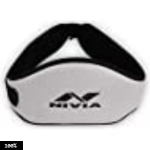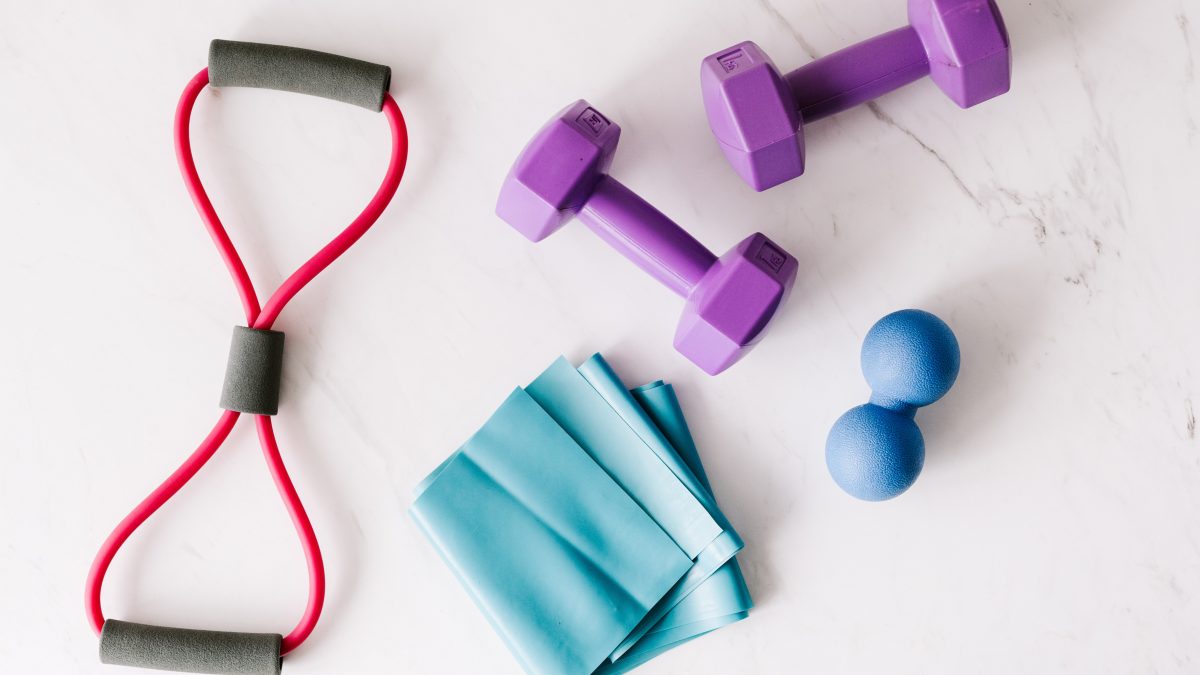
Gym Safety and Support…part 1
May 24, 2021
W.H.O is the “PoPat”
May 26, 2021Continued from Gym Safety and Support…part 1

Lifting hooks help in two situations while training: when your wrist grip is not developed enough, e.g. to perform 10 pullups even though your back muscles can perform the task OR you are trying a weight that is beyond your capabilities. They provide grip support when your grip fails, thus letting you get in a couple of more reps before actual failure. This being said, it is always advisable to get your grip strength to improve proportionately to your training rather than being dependent on these supports, but they can be used for the last set to push the boundaries. Selective and specific use rather than continuous.

This is one of the most convenient and comfy options in the market. Anyone who has done his or her share of squats knows how the bar can hurt the back of the neck region. This can lead to a sore neck or spinal pain, especially if the bar constantly rests on that spot of bone at the bottom of the neck. This product effectively provides a cushion and allows you to squat without any discomfort which in turn encourages one to do a few repetitions past the normal failure point. One of my favorite products regularly used.

One of the most common but incorrectly used accessories in the gym. Most people tend to use the gym belt as a fashion statement rather than a back saver. Incorrect positioning, incorrect tightness, incorrect size/ width of the belt ( the gym's common use belt is the worst). The gym belt is like shoes, one size doesn't fit all. Do not use this as an alternative to strengthening the core but as a support to a strong one. Use for heavy back and leg work. It doesn't help using it for seated calve raises, I have actually seen this.

This is more relevant to those in their 40's. If you ever have a throbbing or sharp pain in your heal while standing for a long time or jogging etc. put these in your shoes. Youngsters can get by with just a good pair of shoes in the first place. I have a lot of discomfort in my heels due to a career that required long hours on my feet. Along with a good pair of shoes, these provided additional support and cushioning which took care of any pain or discomfort. Can now stand, walk, or workout without the heel bone yelling insults.

This brings us to the final and most confused product of them all: SHOES??? For weight training, I suggest a flat-soled shoe, like the red shoe in the picture, (with the above insole) and not a running shoe. This is for foot stability and to avoid any ankle strain or twist while performing heavy squats or leg presses. Just to drive my point home, although a good pair of shoes in their own right, I would not suggest wearing Nike Air Max 720 for squats cause the ankle is not steady but can tilt to either side. Not safe.

For running, aerobics, or any high-intensity cardio work I would suggest a running pair as depicted in the picture. However, do visit my gym product page for more options in shoes. Finally, please do remember that when it comes to safety and prevention, practicality is more important than style. Be smart: Be safe.




